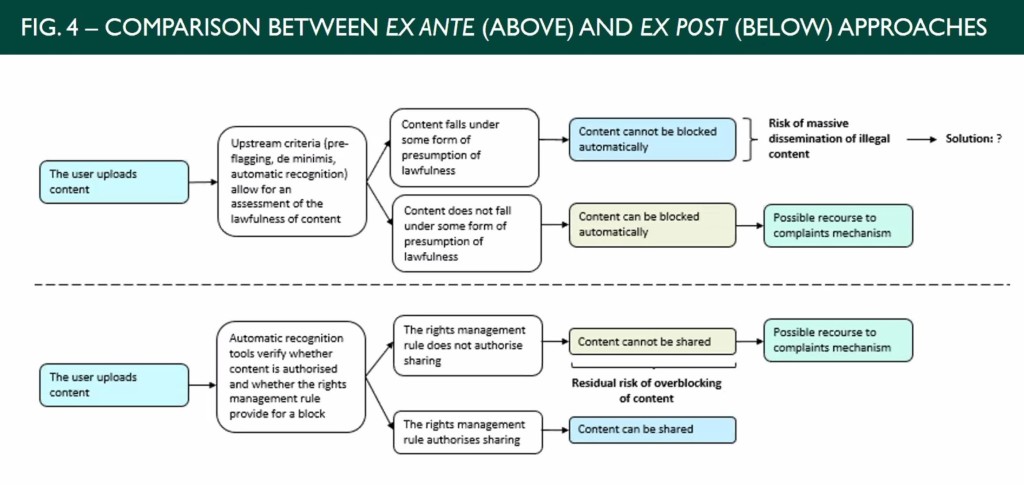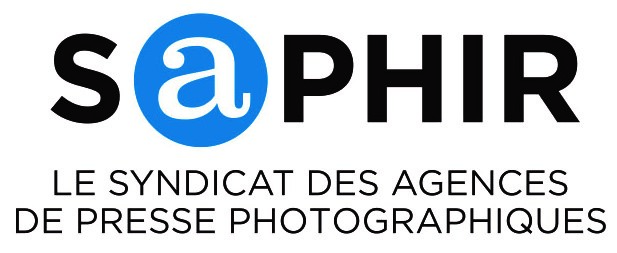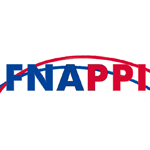In 2020 the French government conducted a mission on content recognition tools that may be used in the protection of intellectual property rights, resulting in a report published on 29 January 2020. The report presented an overview of all existing content recognition technologies, a laudable effort to bring factual evidence to a debate dominated by politics and propaganda (“Save The Internet” campaign, “upload filters” etc.)
In December a follow-up report was published. On 28th January the Permanent Representation of France to the European Union presented the results.
While the first report was proposing a panorama of existing tools, the second focused on their concrete usefulness in implementing Art.17.
The Rapport Mochon expressly takes the opposite stance to the German proposal and Finnish draft proposal.
It argues that Article 17 does not require additional legislative obligations by national legislators. Additional obligations are quantitative thresholds – such as the proposal in Germany that 125 KB images fall under an exception – or blocking based on
1) user declarations (DE) – pre-flagging –
2) on the basis of likely or manifestly licit use (EC)
The Directive should be implemented keeping in mind that its objective is to establish a level playing field between rights holders and online platforms. Additional obligations only challenge the delicate balance found between the rights of all parties – rights holders, consumers and online platforms – . In fact they tip the balance in favour of the online platforms to the detriment of the rights holders.
In the process of balancing rights of all stakeholder content recognition tools play a crucial role.
“The report advocates a careful reading of the text of the directive and gives the regulator the role of guaranteeing the balance to be established between the rights of the various stakeholders: users, copyright holders and platforms. Only such a reading, which makes full use of available technological tools, will enable the directive to produce its full effects with legal content that will be more widely available for the benefit of everyone.”
The Report reminds of the following facts:
- Online platforms use automated tools (filters) for a multitude of uses, when it is their commercial interest and following their own rules. Sometimes those tools are used to manage copyrighted content (such as the Conten ID).
- On the other hand online platforms continue to be used to access content illegally.
- The use of automated tools (up-load filters) does not result in a significant number of disputed blocking.
In this context, the complaint and redress mechanism set up in Art.17-9 is sufficient.
The opposition between the German proposals and the French proposal is illustrated below.
With regards to images, the report takes a mitigated view. Due to the volume of images shared on line, content recognition tools are not useful without licensing solutions. Content recognition tools should be used but not to identify content at the moment pf upload, rather at a second stage, in the context of a license between rights holders and online platforms for.
“It is therefore in the interest of both the platforms and the rights holders to conclude licenses offering access to a large part of the visual arts repertoire, without entering into a logic of withdrawing works. Image recognition tools can of course be useful, but at the rights distribution stage, in conjunction with other tools (use of metadata embedded in the image file, combination of keywords, etc.).“
France should very soon publish an order transposing Article 17. In Germany a draft has just been validated by the government. It will therefore be in everyday practice that the winning system for authors in the sense of the Copyright Directive will be determined in an unfortunately disunited digital market.

















